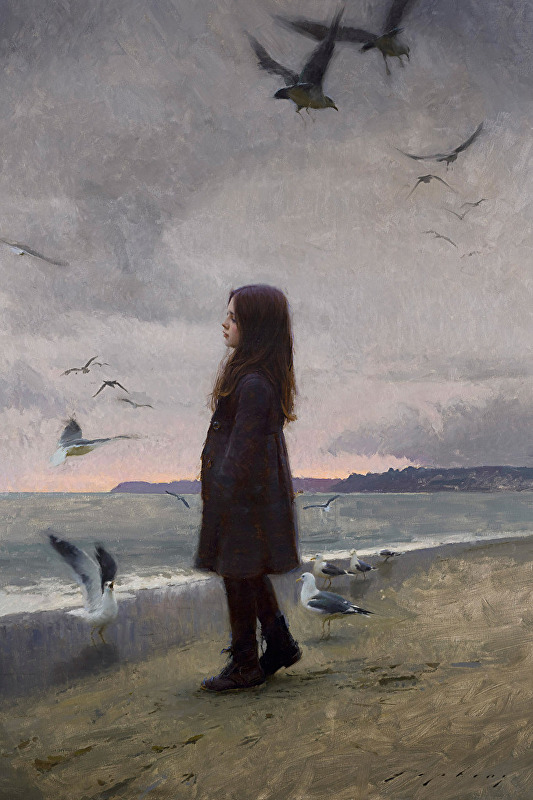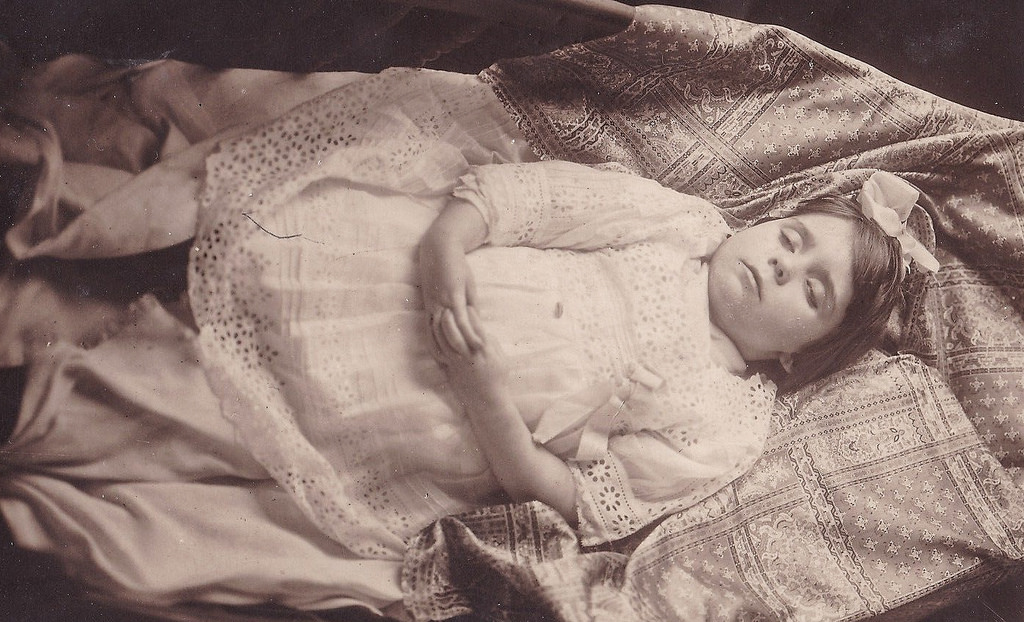
Matthew Prior (1664-1721) was an English poet and diplomat, whose poetry knew fame at the beginning of the 18th century. One of his most famous poems is “To a Child of Quality, Five Years Old, The Author Forty” (1704). Requested to write his love for a 5 years old little girl, he complies, but she cannot read his poems, she plays with the paper on which they are written; when she will reach an age where she can understand them, he will be too old for love. Indeed, as writes Prior’s biography by the Poetry Foundation: CONTINUE READING / CONTINUER LA LECTURE…










